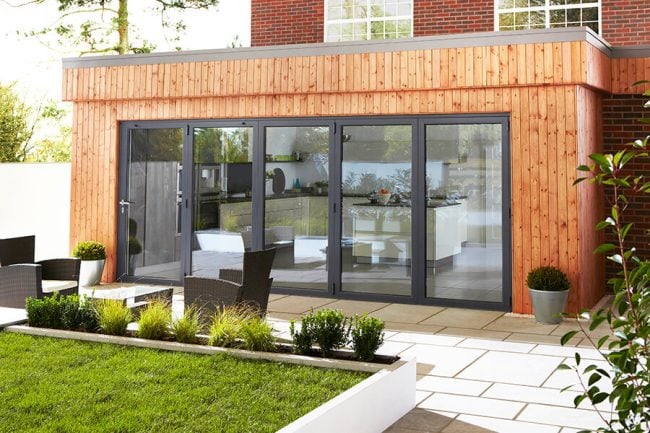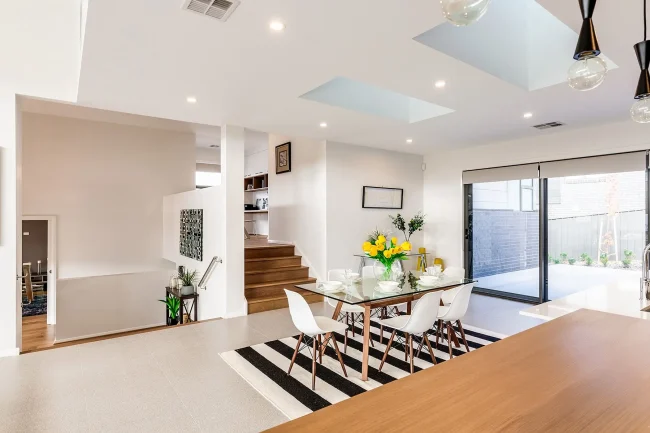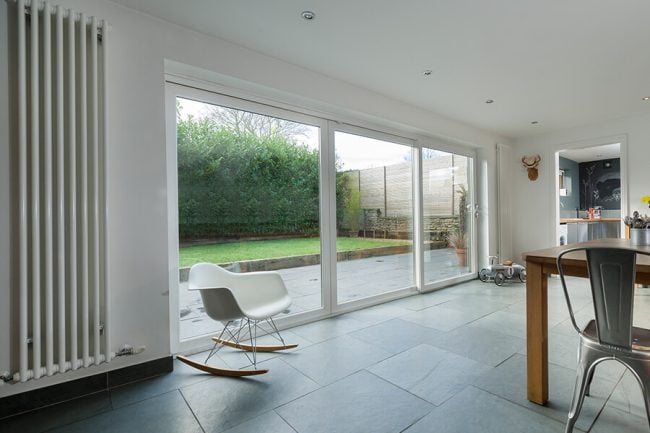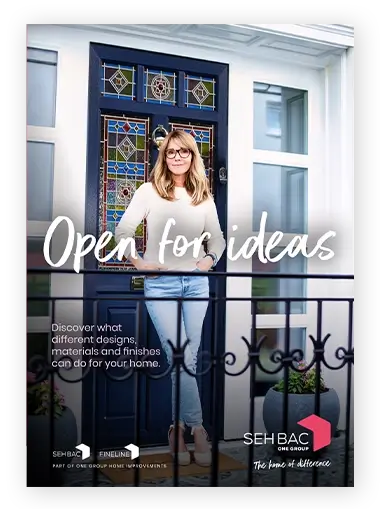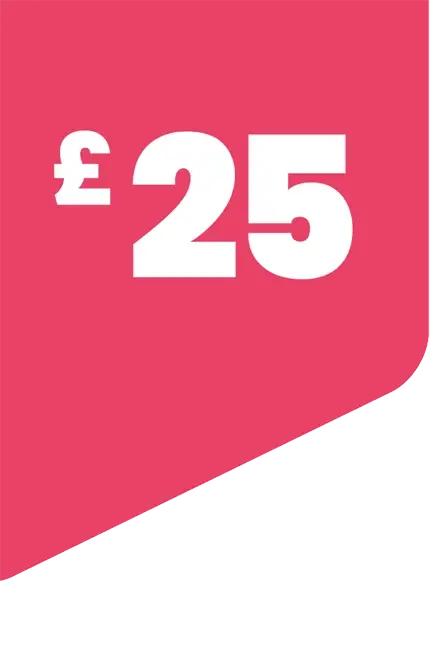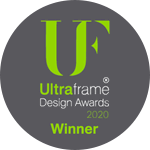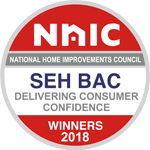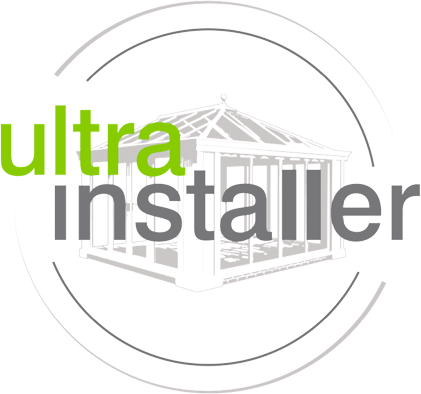
Every generation puts its own spin on home design. Living in an age where the latest design trends can make or break effective kerb appeal & general well-being, updating your entrance doors can deliver a quick, easy & hassle-free way to transform the space as well as your outlook on life.
Crucially connecting gardens and outside spaces with the rest of the home, and often the central hub of the modern household, increasing numbers of homeowners throughout the South East are reaping the myriad of benefits that quality replacement back doors provide.
The right back door style will create a spacious, airy home, filled with warmth, character and charm. To achieve the perfect back door system that’s tailored to your home and your lifestyle, there are several essential points to consider first:
- Planning permissions
- Improvement aspirations
- Opening method, e.g. inline, lift and slide or bi-folding
- Material, sightline dimensions & efficiency, e.g. aluminium, timber or UPVC
- Security
With this in mind, we’ve put together this handy guide and checklist to help you get your patio or bifold door replacement right first-time.
Bifold doors vs sliding doors – Which is the best option for me?
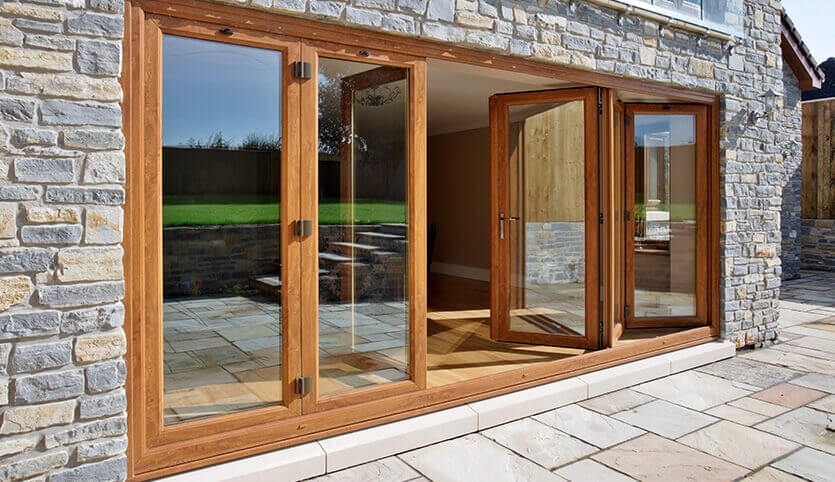 Planning permissions
Planning permissions
First things first: find out whether you need planning permission to change the door. Most homes need not worry, as they’ll be covered by permitted development rules. Doors that are of a similar appearance to those used in the construction of the home won’t usually require planning permission either. However, if any of the following situations apply, you’ll need to check with your local authority whether planning permission is required:
☐ The property is a listed building
☐ The property is in a conservation area
☐ Your Permitted Development Rights (PDR) have been removed for another reason
E.g. an Article 4 Direction
Should your refurbishment plans need permission, SEH will send out a highly trained surveyor to gather the full details your Local Authority requires. Once you’ve found out whether you need planning permission or not, you’ll have a clear understanding of which door styles are suitable for your home.
Your improvement aspirations
To make a feasible decision on the door style, you need to establish the need for a new door system. Ask yourself, do you want:
☐ An open plan space to socialise and spend time with family
☐ Large areas of uninterrupted glazing
☐ Stronger integration with a garden or outside space
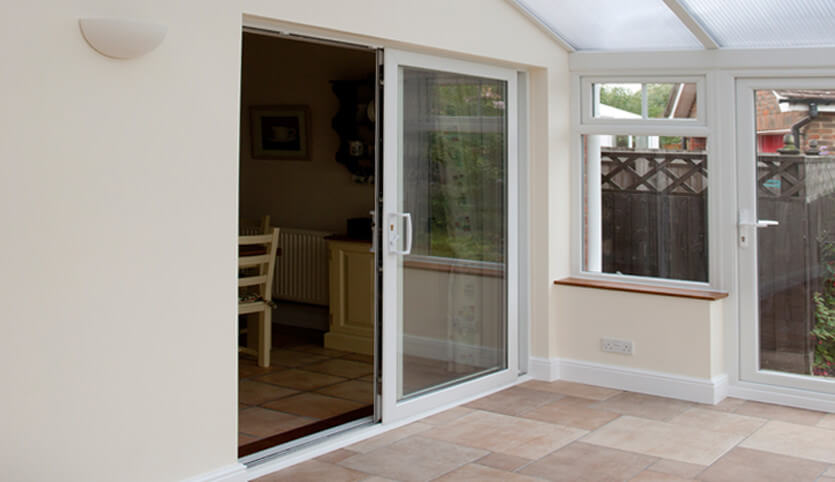
☐ A door system that neatly stacks the panels to one side
☐ Easier access
☐ To modernise and improve your homes’ efficiency/weatherproofing
☐ To add value to your property
Once you’ve addressed this, you should have a better understanding whether your project requires a modern bifold door that completely opens up the room whilst enabling easy access via low-threshold options, or a versatile sliding patio door that enhances panoramic views with swathes of uninterrupted glazing that refuses to compromise on essential space.
Opening method
The way the door opens also needs to be addressed, especially in homes where safety is an issue e.g. where children or vulnerable adults reside. Sliding along a double or triple track, patio doors are typically found in homes that are low on space and natural lighting, as they don’t project outwards like bi-folds or French doors. And, although modern bifold doors have a range of additional safety options to choose from, many young South East families consider sliding patio doors to be a safer option for inquisitive little one’s who love to explore.
Bifold doors feature a unique concertina style fold, that neatly stacks the door panels up on one side to completely open up the space. Complementing all property sizes, the most striking bifold arrangements tend to feature in larger developments, whilst small bifold doors work well in smaller houses too. Bi folds also have a range of configurations (arrangements) to precisely fit your home, e.g. easy access traffic doors. Our bifold doors allow for up to 8 door panels, whilst our patio doors can be fitted with up to 6 panes.
Inline or lift and slide patio doors – what’s the difference?…
Looking at a patio door, you wouldn’t be able to tell the difference. But the subtle distinction is that an inline patio door sits directly on its rollers and is pulled or pushed to its desired location – effectively using the weight of the doors to move them. Lift and slide doors literally lift the door panel onto its rollers, which vastly reduces the friction on the door track. Another child-safe feature of lift and slide doors is they can be locked into position, avoiding accidental movement & better ventilation control. At SEH, we can install inline patio doors and lift and slide patio doors – the choice is yours!
Material, sightline dimensions & efficiency
Door material, sightline dimensions & thermal efficiency go hand in hand, as they all affect each other in one way or another.
☐ Aluminium
Aluminium bi-folds and patio doors can be made much wider and slimmer than timber or UPVC frames. Able to achieve U-values of 1.32w/m2K, aluminium doors expertly retain heat. Our aluminium patio doors can achieve slender sightlines of 44mm or 77mm and our aluminium bifold doors can achieve 49mm or 72mm wide sightlines. Minimalist and robust, aluminium bi-folds and patio doors can be customised in 150 RAL colours, a range of woodgrain effects and dual colour options.
☐ Timber
This timeless door material is ideal for renovations in listed buildings or homes situated in conservation areas when doors of a similar appearance are needed to comply with certain planning permission restrictions. Timber bi-folds and patio doors can achieve ‘A’ energy ratings with their thick, naturally insulating core. Natural & classic, timber bi-folds and patio doors can be customised in 30 colours, including authentic timber designs.
☐ UPVC
UPVC patio doors are ultra-efficient, achieving impressive U-values of 0.9W/m2K and A++ energy ratings. Usually slightly wider than slender aluminium sightlines, today’s advanced UPVC can achieve clean, contemporary looks with slimmer sightlines than ever before. This sturdy and cost-effective material suits a variety of property styles and can be customised in 150+ RAL colours, a range of life-like woodgrain effects and dual colour options.
Security
Security will always have an important role to play when choosing a new door. Aluminium is 3 times stronger than timber and tends to be stronger than UPVC too. For your complete peace of mind, our bifold doors and patio doors are all fitted with the latest multi-point locks as standard. However, there are a few subtle differences that may make your mind up for you:
☐ Aluminium bifold door & patio door security
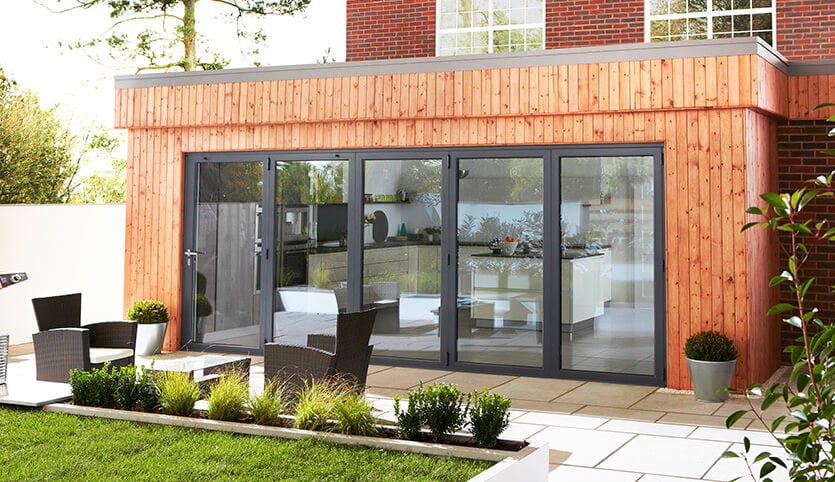
8-point locks are fitted as standard, as is toughened glass which is 5x stronger than normal glass to adhere to PAS 24 test standards. Additional security features can be included.
☐ Timber bifold door & patio door security
Multi-point locks are fitted as standard with shootbolt systems to pass BS644 requirements. Additional security features can be included.
☐ UPVC patio door security
Multi-point locks and anti-pick, bump and drill cylinders are fitted as standard to adhere to PAS 24 performance tests. Their design exceeds building security regulations and can include optional security extras.
Are bifold doors more expensive than sliding doors?
Whether you want to heighten kerb appeal, security, thermal efficiency, or a mixture of all three, our extensive collection of contemporary bi-folding doors and streamlined patio doors can help you achieve the home of your dreams whilst adding considerable value too. For the latest bifold and patio door prices or to discuss your requirements further, contact an SEHBAC expert today or request a free, no-obligation quote.





